A clamp meter is a device used to measure electric current. It is placed around an electrical conductor and measures the amount of current passing through it. This can be helpful for a variety of reasons, from ensuring your electrical system is safe to diagnosing problems with your equipment. In this article, we will answer some common questions about how to use a clamp meter. We will also provide some tips on how to get the most accurate readings from your device. Let’s get started!
What Is a Clamp Meter?
A clamp meter is a type of electrical testing tool that is used to measure currents. It gets its name from the fact that it has two jaws, or clamps, that are used to encircle an electrical conductor in order to take a measurement. Clamp meters are often used by electricians and other professionals who work with electrical systems.
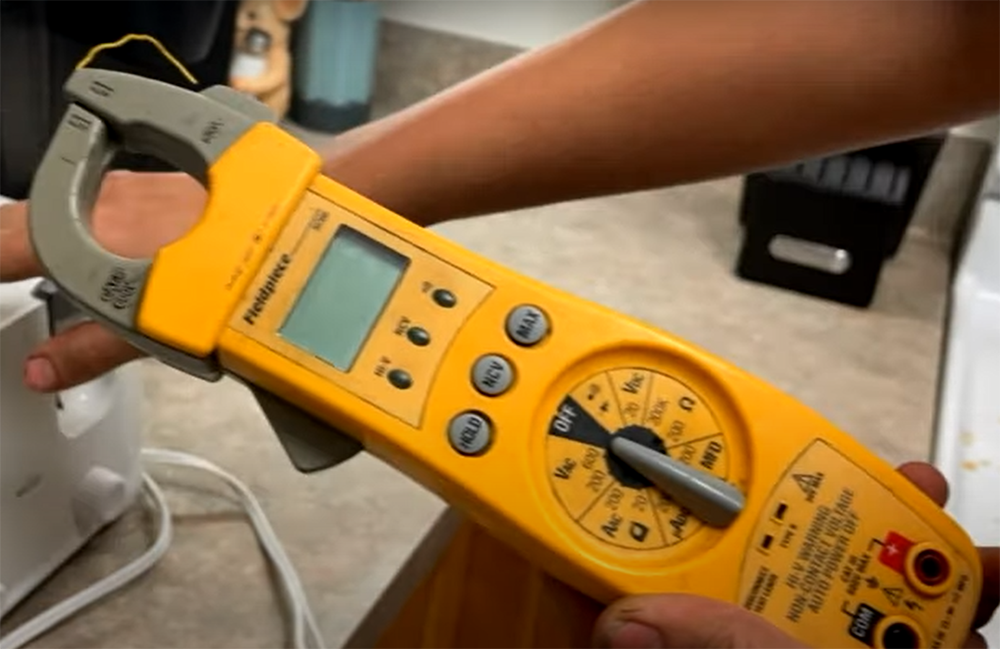
The Main Applications of Clamp Meter
There are a few different applications for which clamp meters are commonly used. These include:
- Measuring currents in electrical circuits
- Troubleshooting electrical problems
- Installing and maintaining electrical systems
If you work with electrical systems, then it’s likely that you will find a clamp meter to be a useful tool. Here is a closer look at each of the main applications for clamp meters.
Measuring Currents in Electrical Circuits: One of the most common uses for clamp meters is measuring currents in electrical circuits. This can be helpful when you’re trying to determine how much current is flowing through a particular conductor. It can also be helpful for identifying potential problems with an electrical circuit. For example, if you measure a current that is higher than expected, it could indicate that there is a problem with the circuit.
Troubleshooting Electrical Problems: Clamp meters can also be used for troubleshooting electrical problems. If you’re having trouble with an electrical circuit, a clamp meter can help you identify where the problem is located. This can be helpful for determining whether a problem is with the wiring or with the components in the circuit.
Installing and Maintaining Electrical Systems: Clamp meters can also be useful for installing and maintaining electrical systems. When installing an electrical system, clamp meters can be used to measure currents to ensure that they are within acceptable levels. Additionally, when maintaining an electrical system, clamp meters can be used to test circuits and identify potential problems. [1], [2], [3], [4]
Types of Clamp Meters
There are a few different types of clamp meters, each of which is designed for a specific purpose. The most common types of clamp meters include:
Measuring load current
Clamp meters are used to measure the load current in a conductor by placing the jaws around the conductor. They are often used by electricians and other professionals who work with electrical systems.

The jaws of the clamp meter are made of magnetic material, which allows them to induce a magnetic field around the conductor. This magnetic field can be measured with an ammeter, and from this measurement, the current in the conductor can be calculated.
Clamp meters are useful for measuring currents that are too high for regular ammeters, such as those found in motors and generators.
Measuring leakage current
Leakage current clamp meters are designed to measure currents that leak from electrical circuits. By attaching the jaws of the clamp around a conductor, you can get a reading of the current flowing through that conductor.
This is useful information to have when troubleshooting electrical problems, as it can help you identify which circuits are overloaded and causing problems.
There are many different brands and models of clamp meters on the market, so it is important to do your research before purchasing one. Additionally, it is important to read the manual that comes with your clamp meter, as each model may have slightly different features and functions. [2], [3]
Clamp Meter Description
There are many types of clamp meters available on the market, but they all have one thing in common: a large display that is easy to read. The most important part of the clamp meter is the large jaws that open and close around the conductor being measured.
In addition to the display, clamp meters have a transformer trigger that is used to open the jaws, and a function selector switch that is used to select the measurement function. (AC/DC voltage or sometimes resistance).
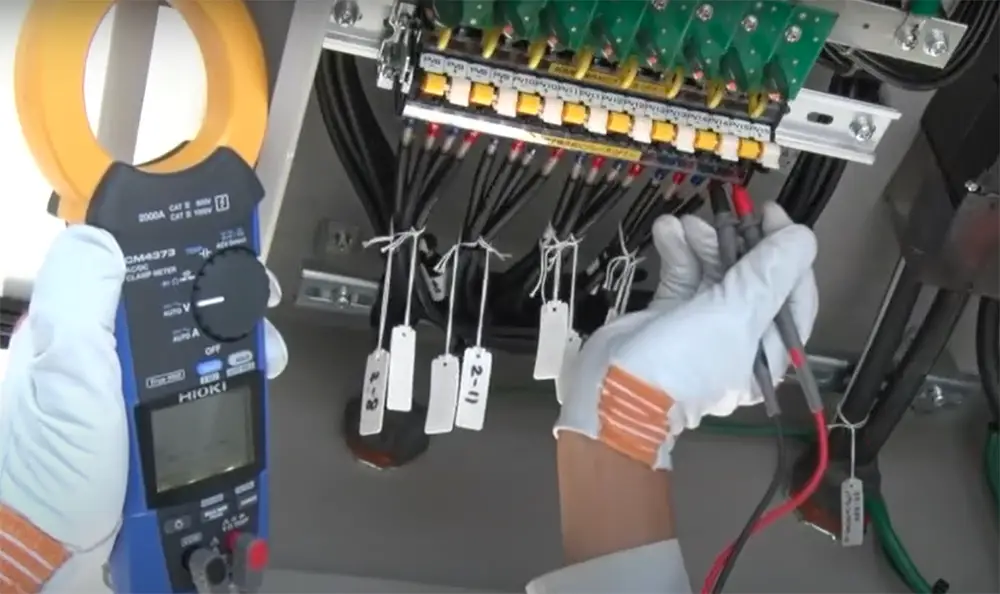
Relative button is used to establish a “zero” reading on the display. For example, if you wanted to measure the voltage drop across a resistor, you would first take a measurement with the relative button pressed to establish the “zero” reading. Then, you would remove the resistor from the circuit and take another measurement. The difference between the two readings would be the voltage drop across the resistor.
Data hold button is used to “freeze” the reading on the display. This is useful if you want to take a measurement, but can’t write down the reading right away. [1], [4]
Using Clamp Meters
Now that you know a little bit more about clamp meters, let’s take a look at how to use them.
Identify the resolution
The first thing you need to do when using a clamp meter is to identify the resolution. The resolution is the smallest unit of measurement that the device can measure. For example, if the device has a resolution of 0.01 amps, that means it can measure current down to the hundredth decimal place.Choosing the right device for your particular needs is essential for accurate readings. [1], [5]
Choose either AC or DC current
Next, you need to decide whether you want to measure AC or DC current. Most clamp meters can measure both, but some are designed specifically for one or the other. If you’re not sure which one you need, it’s best to choose a meter that can measure both.
AC current is the kind of current that flows in your home’s electrical outlets. It alternates between positive and negative values at a set frequency.
DC current, on the other hand, always flows in the same direction. It’s the kind of current that comes from batteries and solar panels. [2], [4], [6]
Set the measurement range
Most clamp meters have an auto-ranging feature, which means they will automatically select the appropriate measurement range based on the level of current you’re trying to measure. However, some devices require you to manually set the range.
To set the range manually, first identify the maximum amount of current you expect to measure based on the magnitude of the current. Then, consult your device’s user manual to find out what range corresponds to that amount of current. Finally, use the buttons or dials on the device to set the range. If measuring DC current, perform zero adjustment first. [2]
Open the jaws and clamp them around the wire
Now it’s time to actually use the clamp meter. First, you need to open the jaws of the device and then clamp them around the wire you want to measure. Make sure that the jaws are fully closed so that they make good contact with the wire. [1], [2], [4]
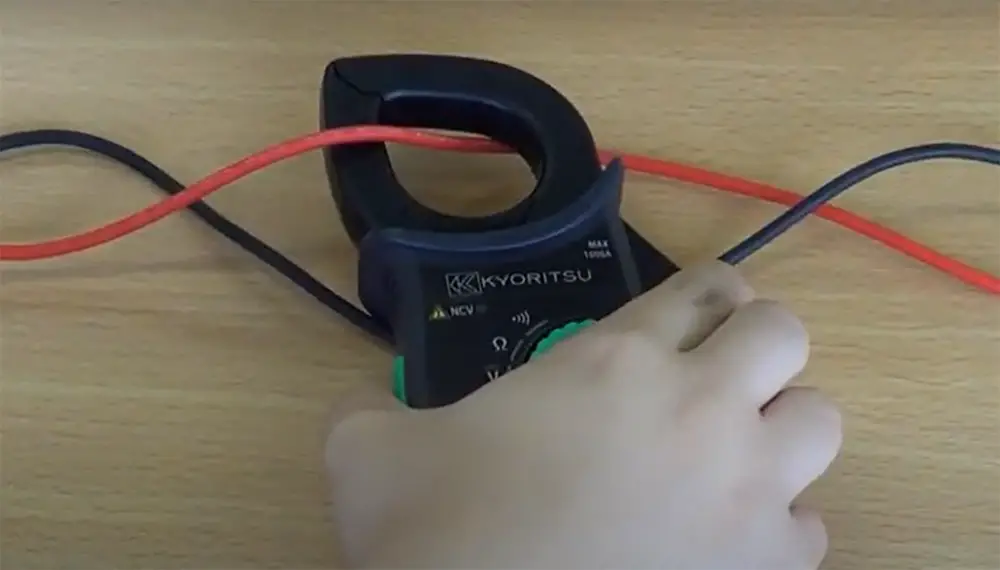
Check the readings
Once you’ve clamped the device around the wire, it’s time to take a reading. Most clamp meters have a digital display that will show you the current measurement. Some devices also have an analog meter that shows the current in real-time.
When you’re finished taking measurements, be sure to unclamp the device from the wire. Then, turn off the power and remove the batteries to prevent accidental damage.
Clamp meters are a versatile tool that can be used for a variety of applications. If you work with electrical systems, then it’s likely that you will find a clamp meter to be a useful tool. Whether you’re measuring currents, troubleshooting problems, or installing and maintaining electrical systems, a clamp meter can help you get the job done. [1], [2], [4]
Safety Precautions
As with any electrical device, there are certain safety precautions you should take when using a clamp meter.
Don’t clamp the jaws on the wire
This seems like an obvious one, but you’d be surprised how many people make this mistake. The jaws of the clamp meter are designed to go around the outside of a wire, not on top of it. If you clamp the jaws on the wire, you run the risk of electrical shock.
Additionally, if you clamp the jaws on the wire, you won’t get an accurate reading. The reason for this is that most wires are insulated, meaning that there is a layer of material between the conductor (the part that carries electricity) and the outside world. When you clamp the jaws on the wire, you’re measuring not just the conductor, but also the insulation. This will give you a false reading that is higher than the actual current. [1], [4]
Read the manual
Before using any electrical device, it’s important to read the manual. This will help you understand how to use the device safely and properly.
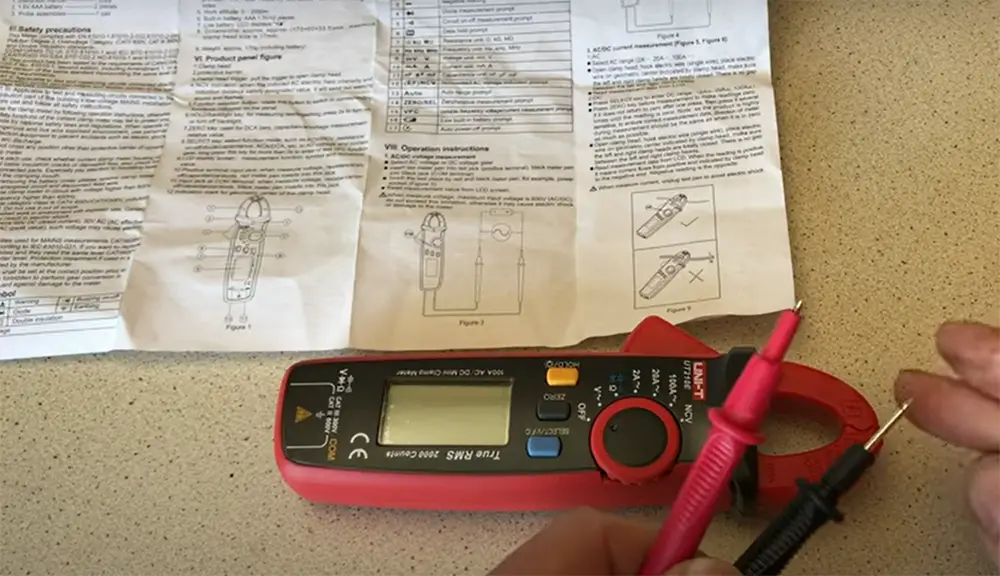
When reading the manual, pay close attention to the safety precautions. These are designed to keep you safe while using the device.
Additionally, the manual will contain information on how to use the device. While the general use process is simple, different models might have different features or functions. By reading the manual, you can learn about these features and how to use them.
Finally, the manual will also contain troubleshooting information. This can be helpful if you run into any problems while using the device.
Store it properly
When you’re not using your clamp meter, make sure to store it in a safe place. Ideally, you should put it in a case or a pouch. This will protect the meter from being damaged and will also prevent accidental shock.
Another thing to keep in mind is that clamp meters are sensitive to electromagnetic fields. If you store your meter next to an electrical device, such as a TV or a computer, the magnetic field can interfere with the meter, which again will result in inaccurate readings. [1], [4]
Always clean the instrument after use
This is important for two reasons. First, it will prevent the build-up of dirt and grime, which can eventually damage the meter. Second, it will help to keep the jaws in good condition. If you leave them dirty, they may not make a good connection with the wire, which again will give you inaccurate readings.
To clean your clamp meter, simply wipe it down with a clean cloth. Avoid using harsh chemicals or abrasives, as these can damage the casing of the meter. [1]
Don’t clamp the jaws around the bare conductor
This is another mistake that you should avoid at all costs. When you’re clamping the jaws around the conductor, you want to make sure that the conductor is completely inside the jaws and that there is no bare metal exposed. If there is bare metal exposed, you run the risk of electrical shock. [4]
Don’t leave clamp meter connected if not using
Another safety precaution is to make sure you disconnect the clamp meter when you’re done using it. If you leave it connected, there is a chance that current could build up in the device and cause an electrical shock. [4]
Follow general electricity safety precautions
In addition to the specific safety precautions for using a clamp meter, you should also follow general electricity safety guidelines. This includes not working alone, not touching live wires, and wearing proper personal protective equipment (PPE), like gloves.
Clamp meters are a valuable tool for electricians, but they can be dangerous if used incorrectly. Always follow safety precautions and consult with a professional if you’re unsure about how to use the device. [4]
FAQ
What is the difference between a multimeter and a clamp meter?
A clamp meter is a type of multimeter that is used to measure electrical current. It consists of two jaws that open and close around a conductor, such as a wire or cable, in order to take the measurement. Multimeters, on the other hand, are general-purpose devices that can measure a variety of electrical quantities, including voltage, current, and resistance.
While both devices are useful for taking electrical measurements, clamp meters have some advantages over multimeters. First, they allow you to measure current without having to disconnect any wires or cables. This makes them ideal for troubleshooting live circuits. Second, they typically have higher current ranges than multimeters, making them better suited for measuring large currents. Finally, since the jaws of a clamp meter open and close, they can be used to measure round or irregularly shaped conductors that would be difficult to measure with a multimeter.
Can you measure DC amps with a clamp meter?
Yes, many clamp meters can measure both AC and DC current. Just be sure to check the specs of the meter before you buy it to make sure it can measure DC current.
The process for measuring DC current is the same as for AC current. Place the jaws of the clamp around the wire, being careful not to touch the wire with your hands or anything else. Then, take a reading and record it.
How do you measure power using a clamp meter?
To measure power, you need to first understand what your power is and how it’s calculated. Power is the rate at which work is done or energy is converted. In order to calculate power, you need to know the voltage and current values as well as the resistance value. With those three values, you can use the following equation:
P=IE
Where P is power in watts, I is current in amps, and E is voltage in volts.
Next, you need to determine what range of power you will be measuring.
And so with the power equation and the range of values for your particular application, you can get right to measuring.
How does a clamp meter work?
A clamp meter is a gadget that allows you to measure the current in a conductor without having to make direct contact with it. It’s useful for measuring live circuits since it eliminates the need to remove connections or break circuit paths.
To use a clamp meter, simply open the jaws of the clamp around the conductor you want to measure. The reading on the display will give you the current flowing through that conductor.
Clamp meters can also be used to measure voltage, resistance, and continuity. Most models will have dedicated settings for each of these functions, so simply consult your user manual to figure out how to switch between them.
How accurate are clamp meters?
The accuracy of a clamp meter can vary depending on the model and manufacturer. Generally speaking, you can expect an accuracy of 2% when measuring current, some models however can be more accurate. Because of this reason, it’s always a good idea to check the specifications of your particular model to be sure.
Useful Video: How To Use a Clamp Meter
Conclusion
That’s it! You now know how to use a clamp meter. As we mentioned earlier, using a clamp meter is fairly simple. First, identify the resolution you want to measure. Second, choose the correct clamp meter for the current you need to measure, and make sure it’s properly calibrated. Finally, take your measurements by clamping the jaws and use the information taken from the readings as you need. Don’t forget to follow the safety precautions when handling electricity!
References:
- https://tameson.com/how-to-use-a-clamp-meter.html
- https://www.hioki.com/global/learning/how-to/u-clamp-meters.html
- https://kaiweets.com/blogs/news/how-to-use-clamp-meters
- https://www.laserlevelhub.net/how-to-use-clamp-meter/
- https://www.rs-online.com/designspark/the-abcs-of-clamp-meters
- https://sinovoltaics.com/learning-center/basics/direct-current-dc-power-definition-and-applications





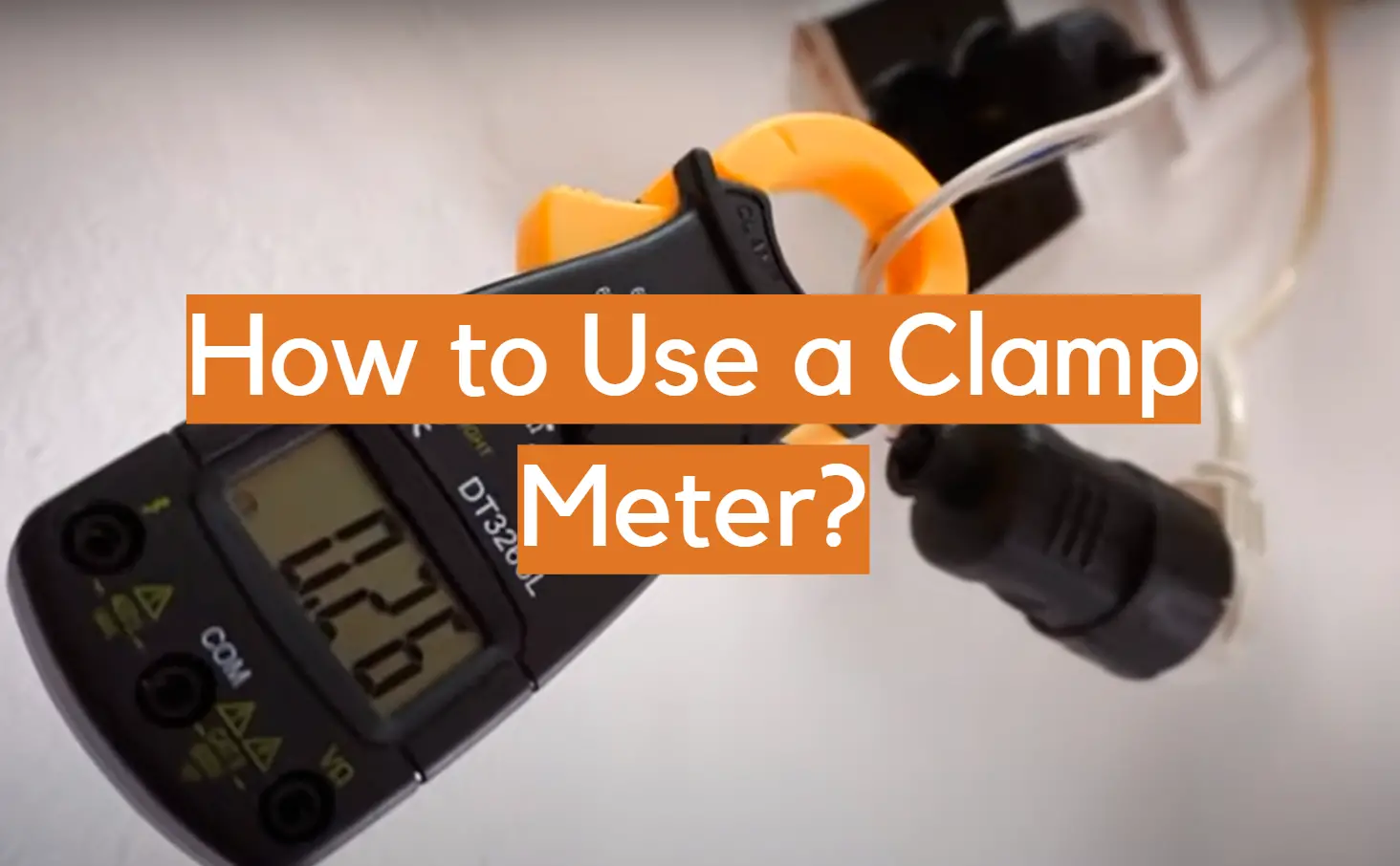
 In my perspective, clamp meters are versatile tools with applications spanning electrical troubleshooting, maintenance, and installation. They shine in measuring current in live wires without disrupting the circuit, making them indispensable for professionals in various fields, from electricians to HVAC technicians, ensuring accurate and efficient current assessments.
In my perspective, clamp meters are versatile tools with applications spanning electrical troubleshooting, maintenance, and installation. They shine in measuring current in live wires without disrupting the circuit, making them indispensable for professionals in various fields, from electricians to HVAC technicians, ensuring accurate and efficient current assessments.




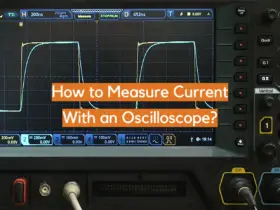

Leave a Reply